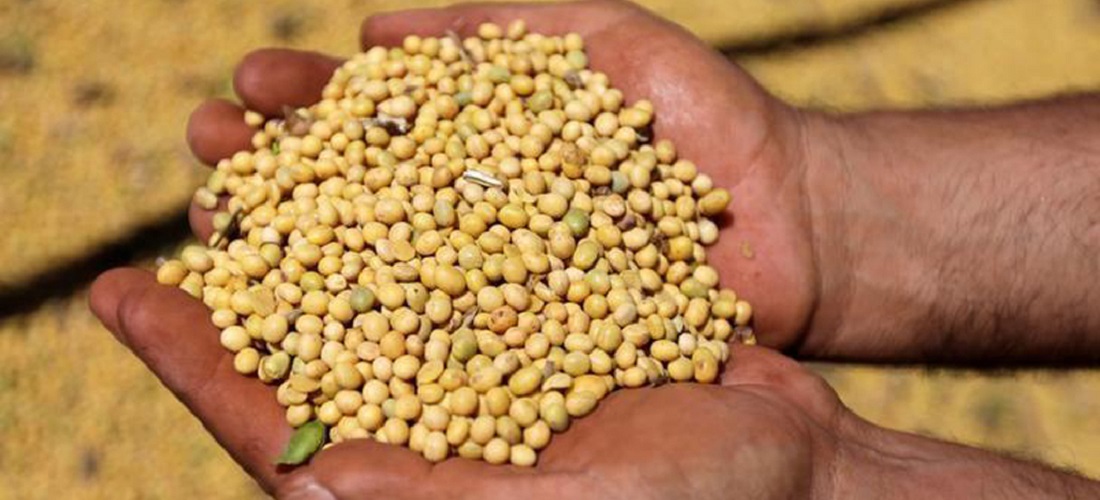
China can cover its demands with only South American soybeans in Q4
Aug, 19, 2019 Posted by Sylvia SchandertWeek 201934
A Chinese analyst linked to the country’s government said China’s top soybean buyers are able to cover their demands without importing from the United States in the fourth quarter, buying only from South American countries.
Zhang Liwei, senior analyst at China’s National Grain and Oilseed Information Center, said at a conference in the Chinese city of Harbin that even if China and the United States reach a trade agreement in the coming weeks, “We will have enough soybean supply, since we can buy it from South America.”
Although demand for soybeans has declined in China due to African swine flu, which has decimated a large amount of the country’s pigs, the Chinese bought more than 1m tons of soybeans from Brazil and Argentina between August 14 and 15.
The following chart, made with DataLiner data, shows soybean exports from Brazil to China from January 2015 to June 2019:
In Brazil, the demand for grain also grew. According to Lucilio Alves, a Cepea researcher, the reason was the government’s biodiesel auctions, as the mandatory biodiesel mix will rise from 10% to 11%, which will require more than 200,000 tons of soybean per month.
At the same time, demand from local processors for soy to produce animal feed should also remain strong, as Brazilian meatpacking plants will continue to demand it to produce meat and export it, also supplying demand from Asia that has had its herds compromised by the African swine flu.
Thus, according to Cepea, Brazilian soybean prices reached R$85.40 per bag of 60 kg, the highest since mid-November and a high of 10% in the month.
-
Trade Regulations
Aug, 29, 2019
0
Norwegian salmon producer threatens to suspend purchase of Brazilian soy
-
Ports and Terminals
Jun, 17, 2022
0
Brazil fiscal agents maintain protest despite demands heard
-
Meat
Apr, 29, 2021
0
More JBS and BRF branches are granted approval for chicken and pork exports to South Africa
-
Ports and Terminals
Jun, 27, 2024
0
Porto Sudeste obtains renewable energy certification, offsetting 2,482 t of CO2 emissions



